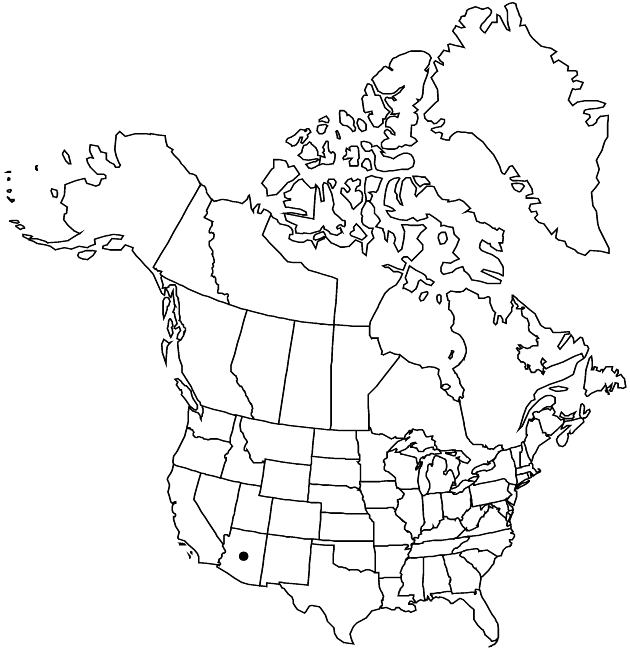Erigeron pringlei
Proc. Amer. Acad. Arts 17: 210. 1882.
Perennials, 4–16 cm; taprooted, caudex branches relatively thick, short, retaining old leaf-bases. Stems erect, sparsely to moderately strigose, eglandular. Leaves basal (persistent) and cauline; basal blades obovate-spatulate, (10–) 20–60 × 4–10 mm, margins apically 3-lobed to pinnatifid (lobes 2–3 (–5) pairs), faces sparsely strigose, eglandular; cauline blades narrowly oblanceolate, gradually reduced distally, margins entire. Heads 1 (–3). Involucres 3.5–4.5 × 5–6 mm. Phyllaries in 3–4 series (purplish), glabrous or sparsely strigose, minutely glandular. Ray-florets 20–35; corollas white to pinkish, sometimes with abaxial lilac midstripe, 6–8 mm, laminae reflexing. Disc corollas 2.5–3.5 mm. Cypselae 1.2–1.6 mm, 2-nerved, faces sparsely strigose; pappi: outer of setae or lanceolate scales, inner (persistent) of 11–16 bristles.
Phenology: Flowering May–Aug(–Sep).
Habitat: Ledges and crevices, usually shaded
Elevation: 1500–2800 m
Discussion
Of conservation concern.
Selected References
None.
